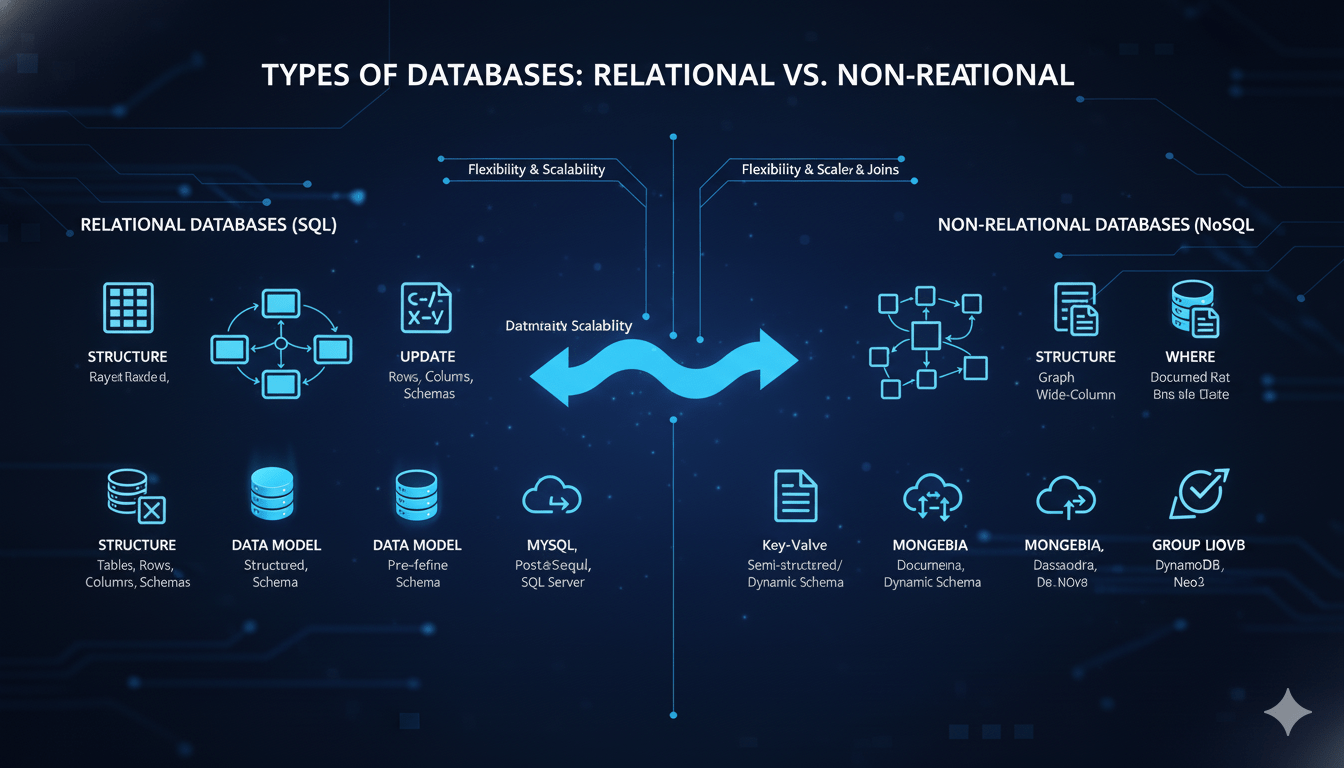Using BETWEEN, IN, LIKE, IS NULL
Using BETWEEN, IN, LIKE, IS NULL In SQL database management systems, BETWEEN, IN, LIKE, and IS NULL are SQL operators that help database users filter and display table data in a more flexible order based on specific user-defined conditions. Database users can use operators like BETWEEN, IN, LIKE, and IS NULL in the WHERE clause…











